So while I was trying to solve another problem on a different question, I found that my AC(Air Conditioner) Unit compressor waveforms were a bit confusing; As you can see on the scope view below there's 150 degree phase shift between current and voltage. There is also another thing that confuses me the current was wiggling around as you can see in this video. Why is that happening ?
My question is why is this happening ? shouldn't the phase shift be at most 90 degrees ?
Current = green x 10, voltage = yellow x 10

Update 1:
I'm using a differential probe with a current shunt of 0.1 ohms and normal probe for the voltage. The ground of both probes are connected to each other at one end of the shunt. normal probe is connected to mains and other side of the differential probe to the other side (load side) of the shunt.
Update 2:
I measured another AC unit and it's phase shift was 180 degrees. I don't understand what causes this shift Also non of the AC units are inverter types.
Isn't 180 degree phase shift between current and voltage make the power always negative ? I'm really confused.
